The privately-run St. Conan’s Kirk near Loch Awe in Argyll and Bute offers a fascinating glimpse into the past. The stunning architecture both inside and outside the church is the perfect backdrop to the intricate carvings that are reminiscent of the acclaimed Rosslyn Chapel in Midlothian. St. Conan’s Kirk is currently free to visit but donations are accepted.
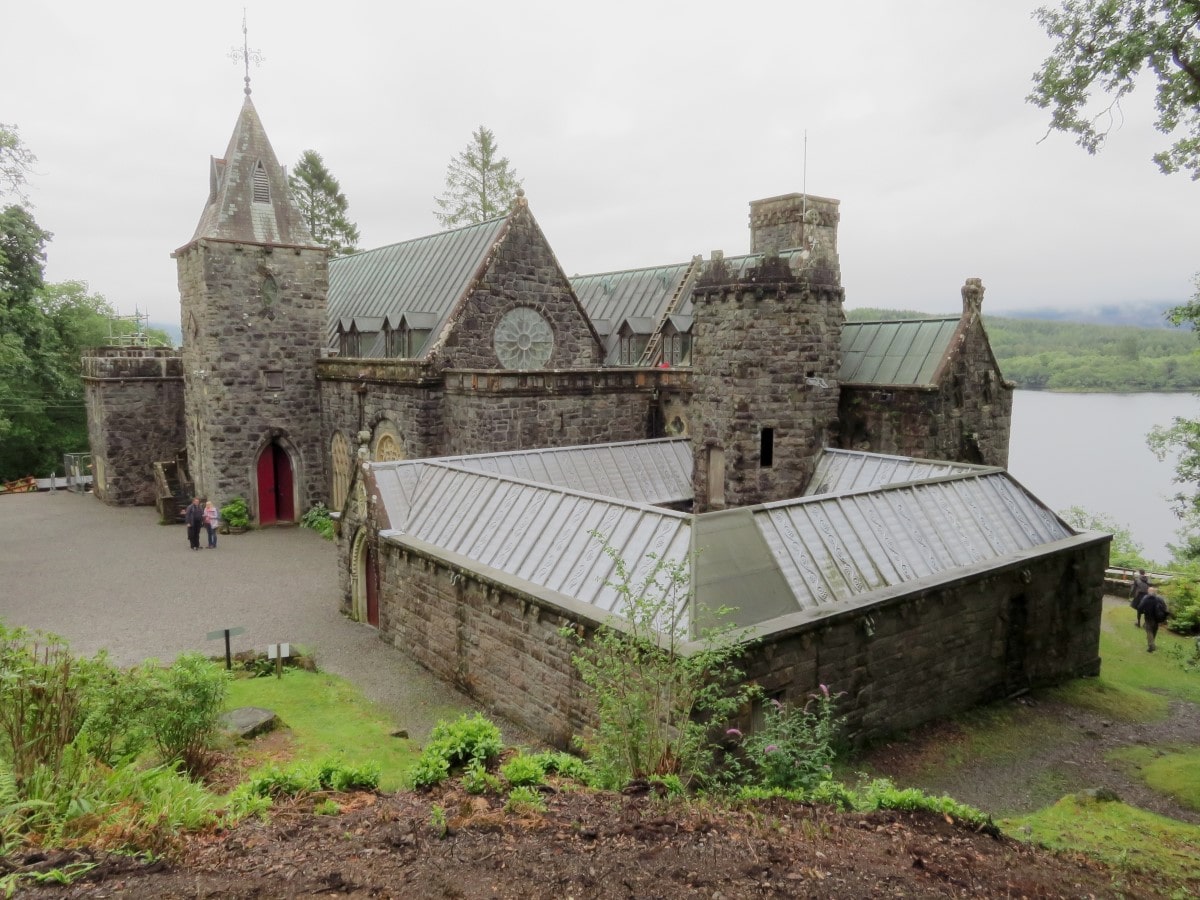
| Address: | Lochawe, Dalmally, PA33 1AQ |
| Opening Hours: | Summer (April to September) 8am – 6pm Winter (October to March) 9am – 5pm |
| Admission Price: | Free |
| Parking: | Free car park on-site Alternative car parking on roadside layby |
| Contact: | enquiries@stconanskirk.org.uk |
| Facilities: | Tearoom, guided tours |
| Photos: | Virtual Tour YouTube Video |
Overview
St. Conan’s Kirk is situated on the banks of Loch Awe and is regarded as having one of the finest viewpoints in the Highlands. Although the front of the building is relatively simple, as you move around towards the loch on the south side you’ll notice that it’s quite ornate, with decorative facades and gargoyles from top to bottom.
Elsewhere, you’ll see Roman-style archways and Gothic buttresses that make the building look far older than it is, considering it was ‘only’ built in the late 1800s.
The rear of the kirk presents a great photo opportunity for capturing the spirit of the Highlands with Loch Awe framed by the mountain of Ben Lui which overlooks the glens of Lochy, Orchy and Strae. Look towards the middle of the loch and you should be able to make out the islands of Innishail and Innischonain, with the latter being the family home of Clan Cambell who built St. Conan’s Kirk.
The kirk is located close to Ben Cruachan so you might like to include a visit with a walk up the mountain to look at the famous dam, and there’s also the Ben Cruachan visitor centre just down the road if you want to take a journey deep inside ‘The Hollow Mountain’.
St. Conan’s Kirk offers stunning architecture and gorgeous scenery in one historic attraction, and it’s certainly worth adding to any sightseeing tour of Argyll.
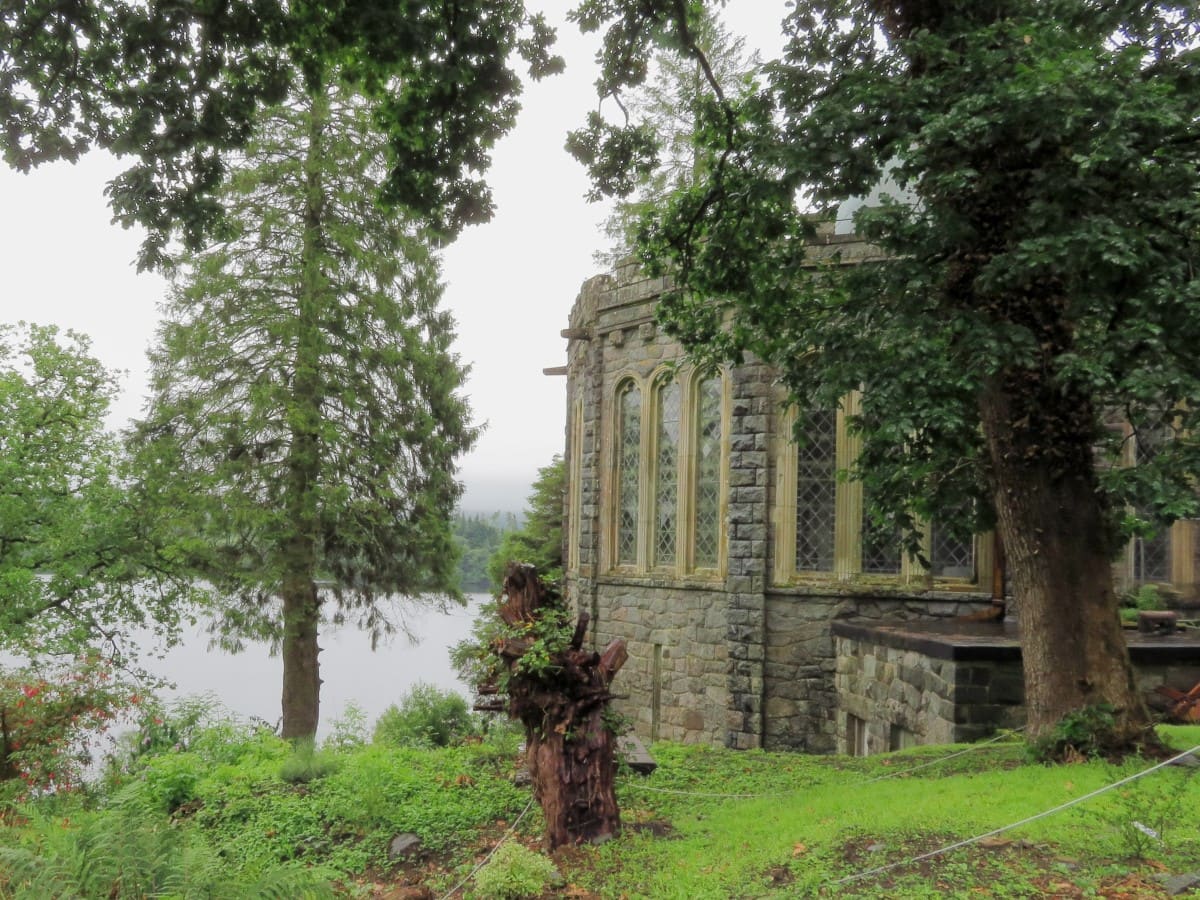
The Highlights
1: One of the main highlights of St. Conan’s Kirk is its awe-inspiring architecture. Designed by Walter Douglas Campbell, the church blends different architectural styles, including Romanesque, Gothic, and Norman. The intricate stonework, stunning stained glass windows, and the unique ‘rabbit warren’ roof make it a must-visit for tourists.
2: Situated on the banks of Loch Awe, Scotland’s longest freshwater loch, St. Conan’s Kirk’s location is nothing short of breathtaking. The tranquil setting, coupled with the panoramic views of the loch and the surrounding hills, offers visitors a peaceful retreat. It’s also an excellent spot for photography.
3: St. Conan’s Kirk is steeped in history. It houses the Bruce Chapel, which contains a bone of Robert the Bruce, the legendary King of Scots, and the church is also home to various several religious artefacts.
Visiting Tips
1: I recommend you combine a visit to St. Conan’s Kirk with a visit to Ben Cruachan Dam (the road leading to it is opposite the kirk) and The Hollow Mountain Experience which is located 3 miles down the A85 heading south.
2: You can also visit Kilchurn Castle at the north end of Loch Awe which is around 5 minutes away by car. Entry is free and there’s usually a snack van in the on-site car park.
3: The best options for food are to grab a bite at the small cafe near the entrance of St. Conan’s Kirk or visit the cafe at the Hollow Mountain Centre a couple of miles down the road.
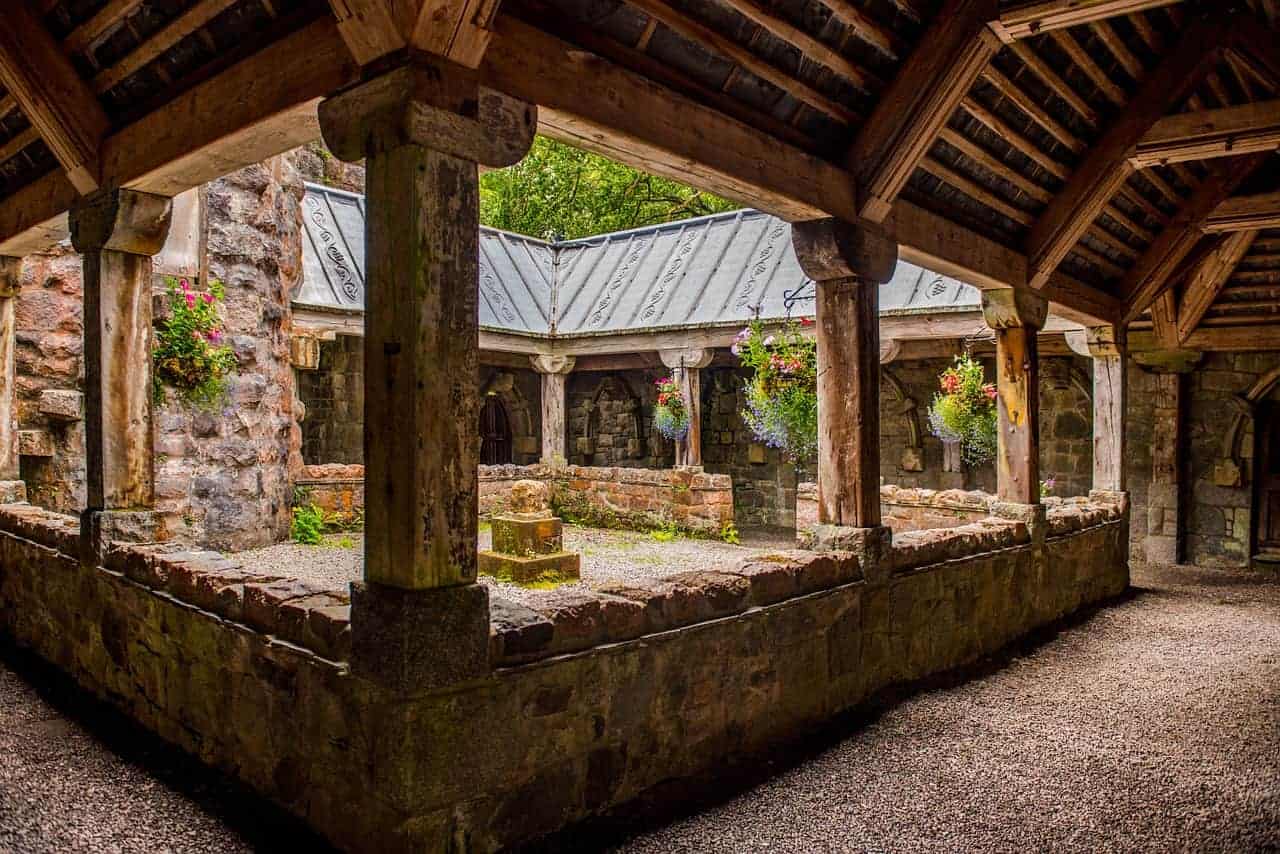
Tourist Information
There are several points of interest inside St. Conan’s Kirk, but perhaps the most interesting is the concave chapel surrounded by stone pillars and huge stained glass windows at the northern end. The windows are the first thing that capture your attention when you enter, and on a sunny day the light bathes the interior in a multitude of colours that offer an amazing photo opportunity.
Nearby is the vault which contains the remains of Walter and Helen Campbell (the founders of the kirk), and there are lots of engravings to view if you look closely at the stonework. The quality of these carvings is reminiscent of Rosslyn Chapel in Midlothian, but this attraction is more enjoyable (in my opinion) as it sees far fewer tourists.
The kirk is managed by a trust that aims to maintain the building in its full glory and they do a remarkable job seeing as they rely entirely on donations. There’s no fee to enter St. Conan’s Kirk but there’s a donations box near the entrance if you’d like to help with the upkeep of the site.
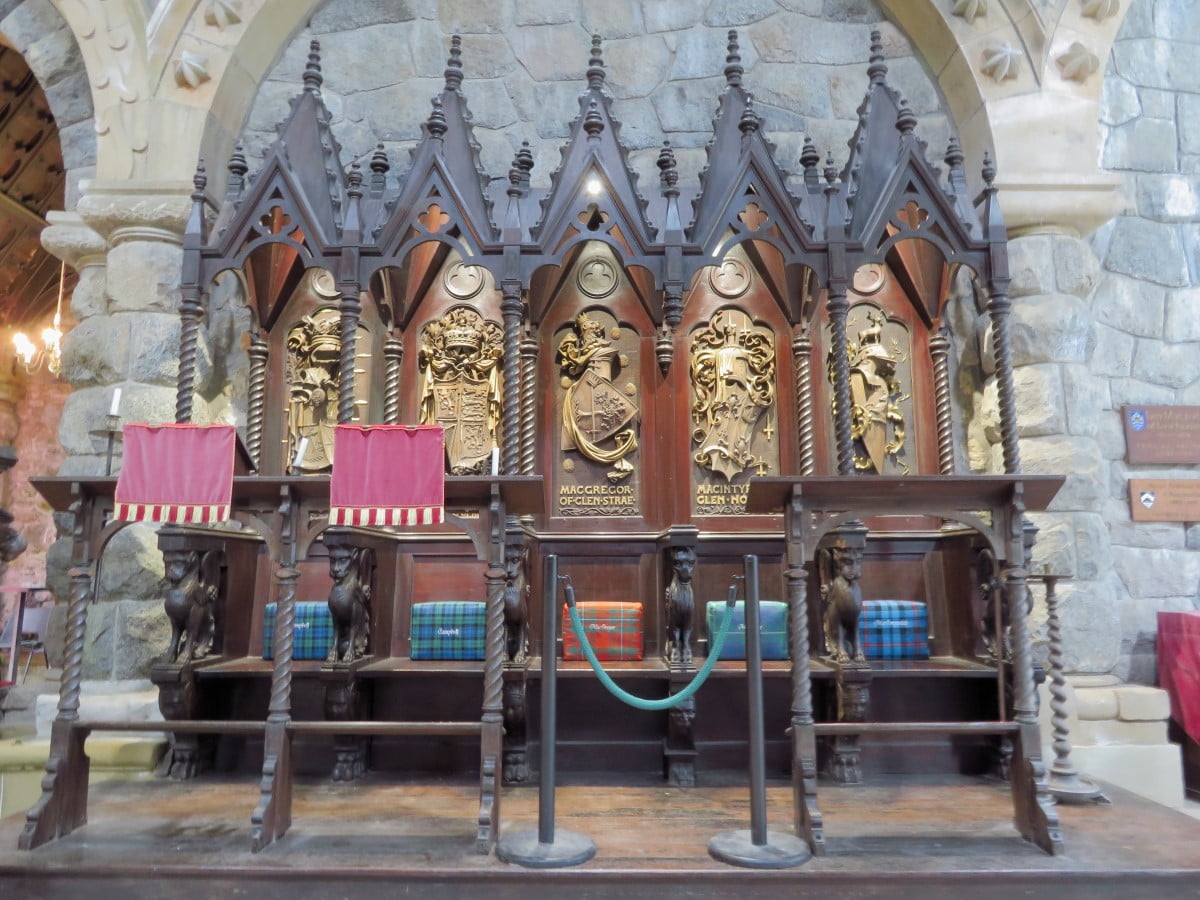
History
St. Conan’s Kirk was originally built by Walter Douglas Campbell in 1886 for his mother because she found the journey to the local parish church too tiring. At least, that’s the short version.
The long version is that Walter Campbell was born in 1850 and was one of nine children, most of whom went on to military careers or entered service with the church – except for the oldest brother, Archibald, who was made the first Baron of Blythswood. Walter, meanwhile began training as an architect.
In later years their mother, Caroline, purchased some land next to Loch Awe where Walter built a summer house for her. Unfortunately, Caroline hated making the trek to nearby Taynuilt for Sunday church services, so Walter decided to build a family church on the shores of Loch Awe.
As a talented architect and wood carver, Walter Campbell devoted all his energies to creating a beautiful building for his beloved mother and many of the details inside the church are dedicated to his own family as well as the local community. The building we see today was constantly improved until 1914 when Walter Campbell died, though his sister Helen continued making improvements till her death in 1927.
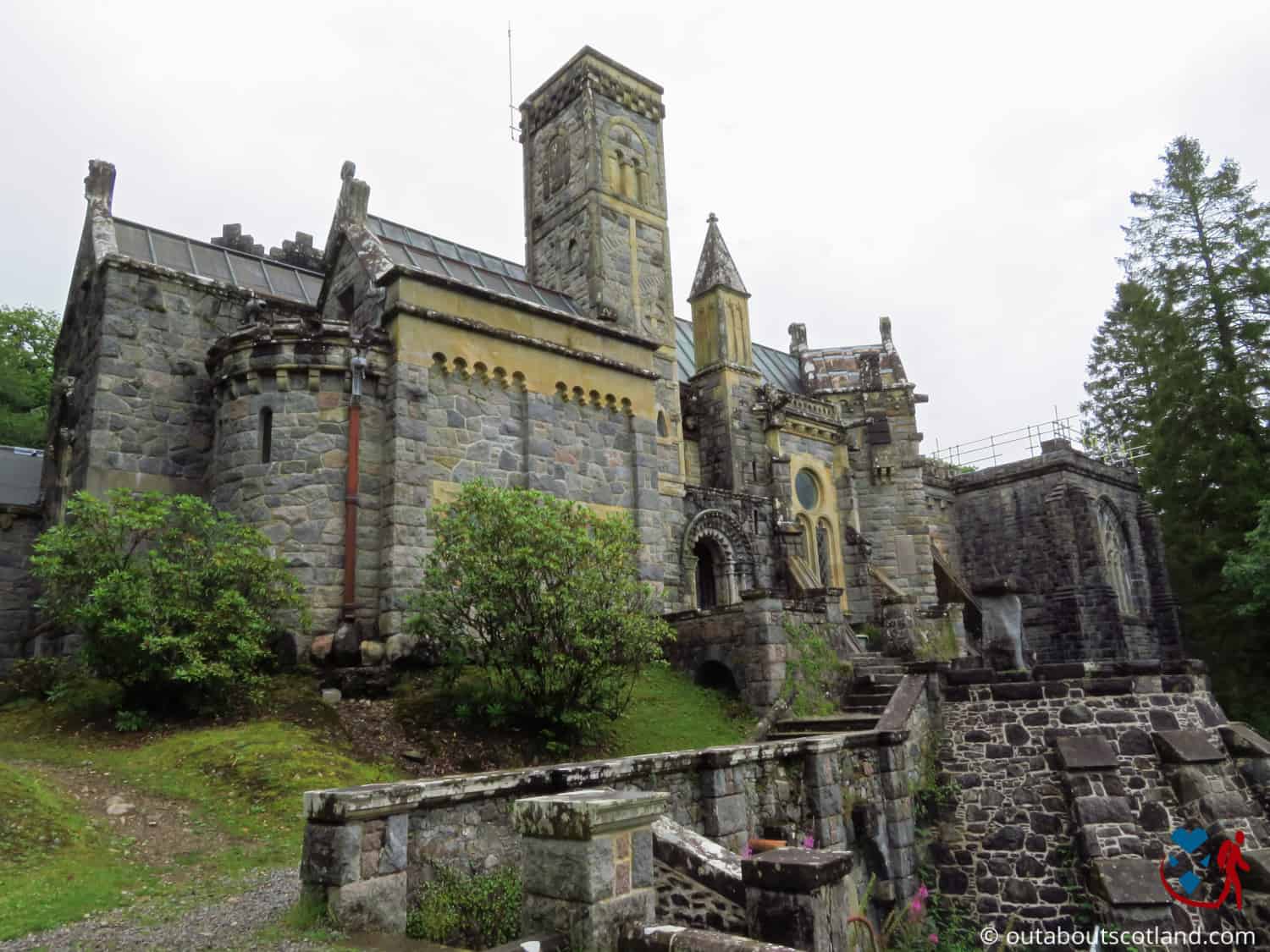
St. Conan
The namesake of the kirk, Saint Conan, is the patron saint of Lorne and is reputed to have lived in Glen Orchy until he died in 684 AD. There’s a rich association between this part of Scotland and Saint Conan and you’ll find a holy well in nearby Dalmally that bears his name, but perhaps more interesting is the fact that the island where Caroline’s summerhouse was built is named Innis Chonain (pronounced ‘Conan’).
Maybe there’s a long-forgotten link to the saint and the island that’s been lost in time? We’ll probably never know. However, we do know that Saint Conan was originally from Ireland and he rose to prominence as a Bishop after being chosen to tutor two Scottish princes. He’s also famous for the story in which he supposedly met with the Devil to discuss the fate of the souls of the people of Lorne.
The story goes that the Devil and Saint Conan split the people of Lorne equally between them in the categories of good, bad, and average, but when the Devil tried to take one of the people assigned to the saint, he got a sharp rap across the knuckles. The saint’s angry shout of ‘fair play, paw for paw’ is a popular saying that’s still used in some parts of Scotland today.
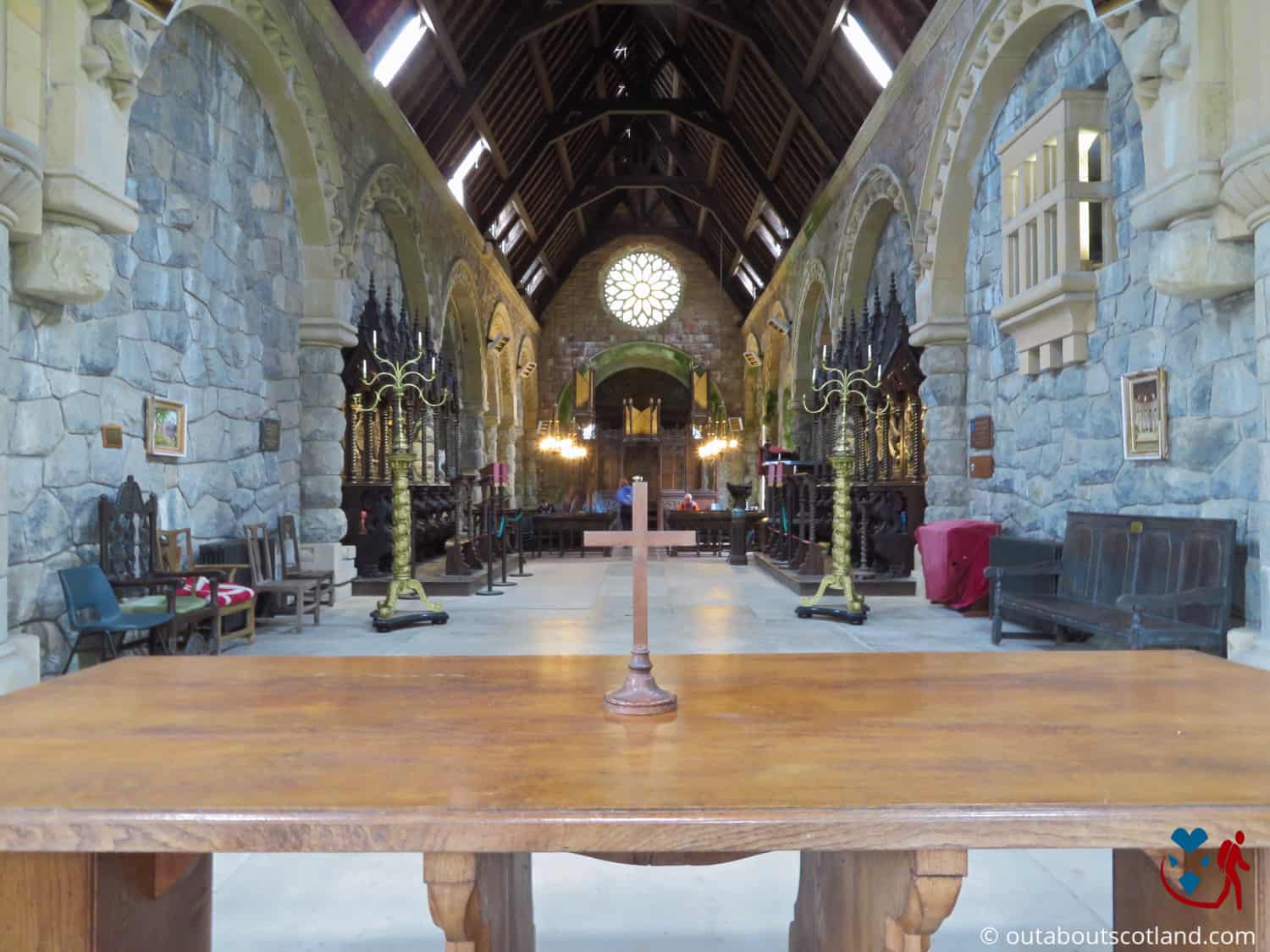
Things to Do
Admire the Architecture: St Conan’s Kirk is a unique blend of architectural styles from different periods, featuring Romanesque and Gothic elements intermingled with Art Nouveau influences. The detail and craftsmanship are truly a sight to behold, and the interior is just as beautiful as the exterior.
Enjoy the Peaceful Gardens: The church grounds are a haven of tranquillity, comprising mature trees and fragrant flowers backed by the serene waters of Loch Awe. Sit on a bench and soak up the peaceful atmosphere, or enjoy a picnic with a view to remember.
See the Bruce Chapel: Don’t miss the Bruce Chapel, home to a replica of Robert the Bruce with hands and face made from alabaster and the remainder carved from wood. The effigy sits on top of an altar tomb that holds some of Bruce’s bones.
Attend a Service: Experience the spiritual side of St Conan’s Kirk by attending one of the once-monthly services. The beautiful stained glass windows, the remarkable woodwork, and the serene atmosphere contribute to a memorable experience.
Photography: St Conan’s Kirk, with its stunning views of Loch Awe, offers ample opportunities for photography. Whether you’re a professional photographer or just enjoy taking snapshots with your phone, the Kirk and its surroundings provide a wealth of subjects.
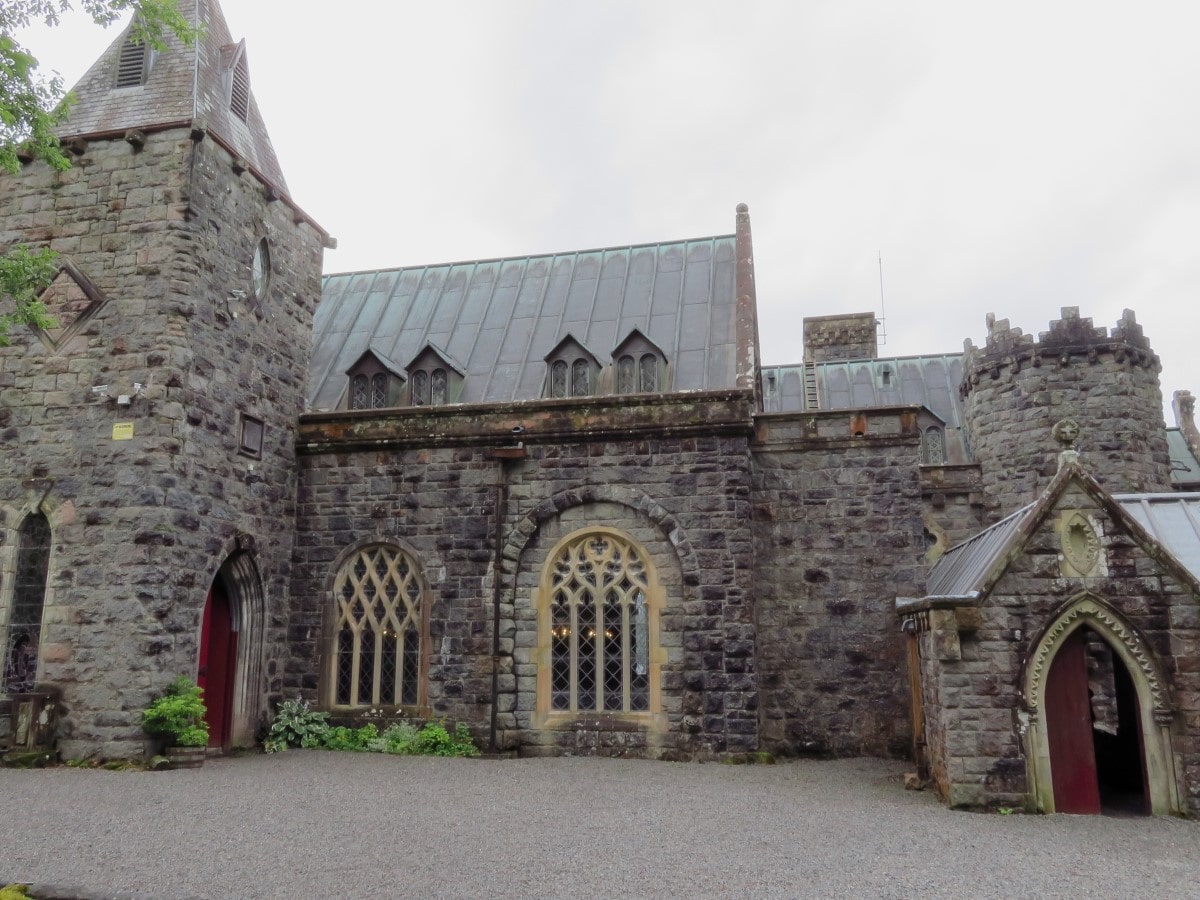
Things to Do Nearby
Kilchurn Castle. 4-minute drive.
Built in the 1400s for clan Campbell, Kilchurn Castle is now roofless and in ruin. However, its picturesque location on a headland at the foot of Loch Awe makes it one of the most photographed castles in Scotland. There is a large car park with a snack van at the entrance. Entry is free.
Ben Cruachan Dam. Dalmally PA33 1AN. 1-minute drive plus a 40-minute walk.
Large man-made dam on the side of Ben Cruachan mountain that powers the Cruachan power station. The walk up the mountainside is easy thanks to the tarmac link road that runs from the A85 to the dam.
Bonawe Historic Iron Furnace. Taynuilt, Argyll PA35 1JQ. 16-minute drive.
Historic ironworks that was founded in 1753. Bonawe Iron Furnace is located close to Loch Etive and within sight of Glencoe. Visitors can explore the original buildings and learn about Scotland’s iron-making history.
Cruachan Visitor Centre. Cruachan Power Station Lochawe, Dalmally PA33 1AN. 5-minute drive.
This attraction takes visitors deep inside the ‘hollow mountain’ to marvel at the power station built underground. The visitor centre is set in a great location next to Loch Awe and it has a gift shop and a café with terrace seating.
Loch Awe.
A large, mostly freshwater body of water that is over 25 miles in length. The loch is a popular fishing location with anglers in search of brown trout and salmon. Boats can be hired for sailing on the loch in the summer months.
Frequently Asked Questions
Where is St Conan’s Kirk in Scotland?
Saint Conan’s Kirk is in the village of Loch Awe, on the A85 between Dalmally and Oban.
The kirk is 20-30 minutes away by car from neighbouring Oban, Crianlarich and Inverary, an hour and a half from Fort William, Dunoon and Glasgow and 2 hours from Edinburgh.
Address: Lochawe, Dalmally, PA33 1AQ
How old is St Conan’s Kirk?
St Conan’s Kirk is 136 years old as of 2022. Work started on the kirk in 1881 and was completed in 1886, but it was substantially extended from 1906 to 1914.
Is there a Saint Conan?
Saint Conan is the patron saint of Lorne and is believed to have originated from Ireland in the 7th century. He was a bishop on the Isle of Man and tutored two sons of the King of Scotland.
What visitor facilities are there at St. Conan’s Kirk?
There is a tearoom with toilets next to St. Conan’s Kirk. Visit the official website for updated information on available facilities.







